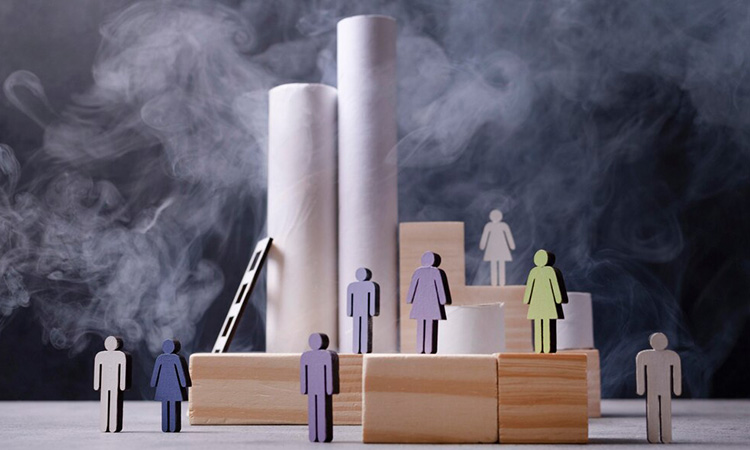The reduction of greenhouse gas (GHG) emissions is a critical step in combating climate change and preserving our planet for future generations. This article examines various effective strategies that can be adopted by individuals, businesses, and governments to significantly cut down on emissions that contribute to global warming.
Understanding Greenhouse Gas Emissions
Greenhouse gases, including carbon dioxide (CO2), methane (CH4), nitrous oxide (N2O), and fluorinated gases, trap heat in the Earth’s atmosphere and cause the greenhouse effect. The primary source of these emissions is the burning of fossil fuels for energy, transportation, and various industrial processes.
Strategies for Emission Reduction
- Transitioning to Renewable Energy: Shifting from fossil fuel-based power generation to renewable sources like solar, wind, and hydroelectric power is crucial. These energy sources offer a sustainable and cleaner alternative, significantly reducing carbon emissions.
- Improving Energy Efficiency: Enhancing energy efficiency in homes, industries, and transportation can have a substantial impact. This includes using energy-efficient appliances, improving building insulation, and opting for electric and hybrid vehicles.
- Sustainable Transportation: Developing efficient public transport systems, promoting cycling and walking, and using low-emission vehicles can greatly reduce emissions from transportation.
- Agricultural Reforms: Agriculture is a significant source of methane and nitrous oxide. Implementing sustainable agricultural practices, such as improved livestock management, organic farming, and efficient use of fertilizers, can help in reducing these emissions.
- Forest Conservation and Reforestation: Protecting existing forests and expanding forested areas through reforestation are essential. Forests act as carbon sinks, absorbing CO2 from the atmosphere.
- Reducing Industrial Emissions: Industries can reduce emissions by adopting cleaner technologies, improving energy efficiency, and capturing and storing carbon emissions.
- Waste Management: Proper waste management, including recycling, composting, and reducing landfill waste, can lower methane emissions from waste decomposition.
The Role of Policy and Legislation
Effective policies and regulations are vital to drive emission reductions. This includes setting emission targets, carbon pricing, and providing incentives for renewable energy and energy efficiency initiatives.
Individual Actions Matter
Individuals can also play a significant role in reducing GHG emissions. Simple actions like reducing energy consumption, using public transport, recycling, and mindful consumption can collectively make a significant impact.
A Collaborative Effort
Reducing greenhouse gas emissions is not just the responsibility of governments and large corporations; it’s a collective effort that involves everyone. By adopting sustainable practices, investing in clean technologies, and making conscious lifestyle choices, we can significantly mitigate the impact of climate change and pave the way for a sustainable future.
Next On Your Reading List:


